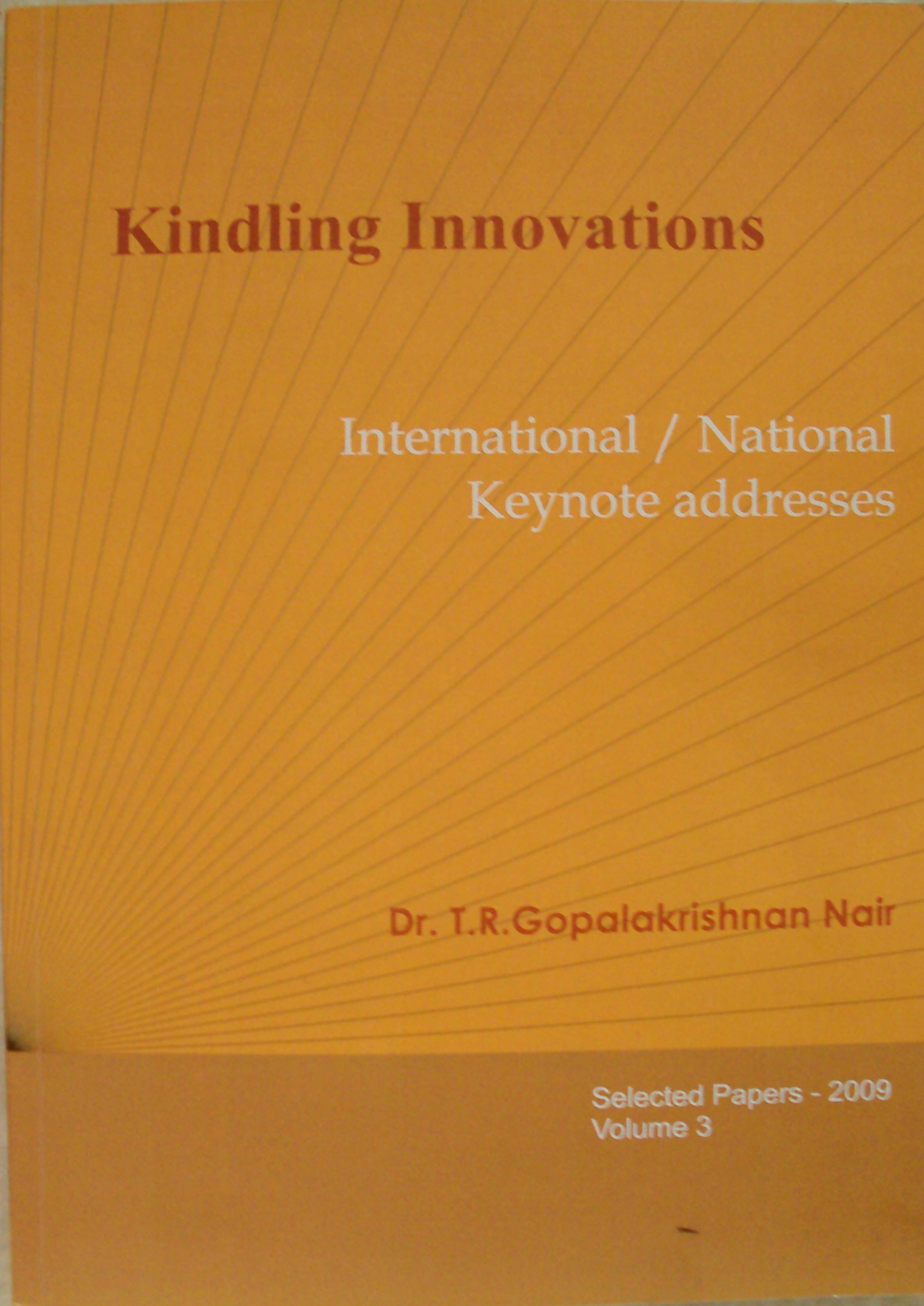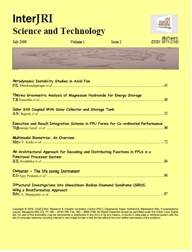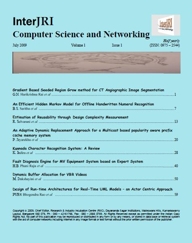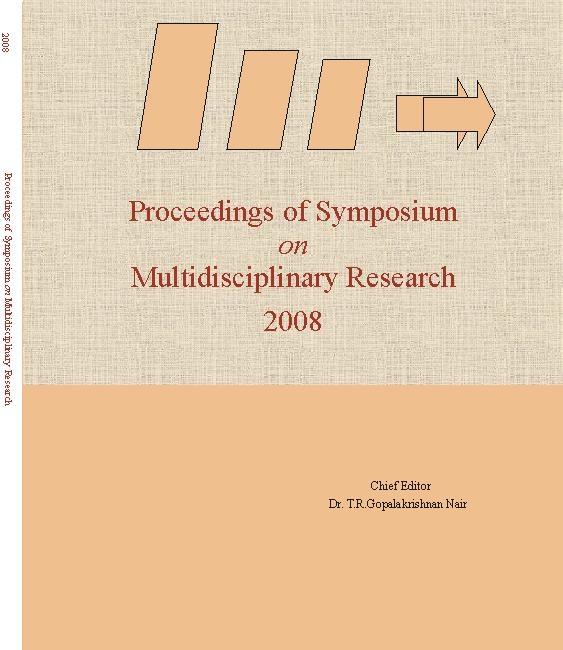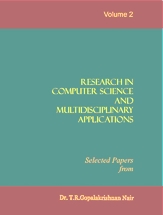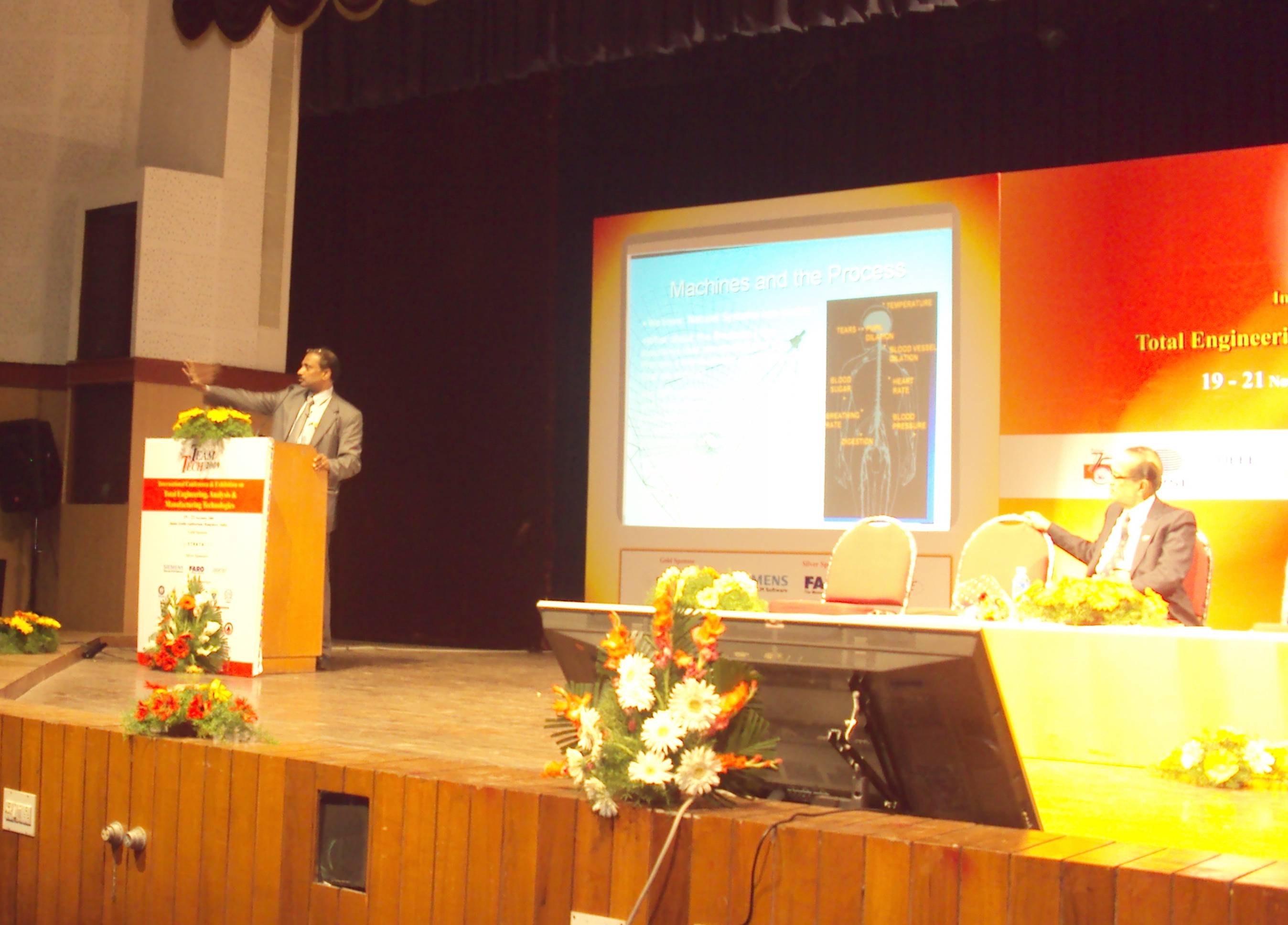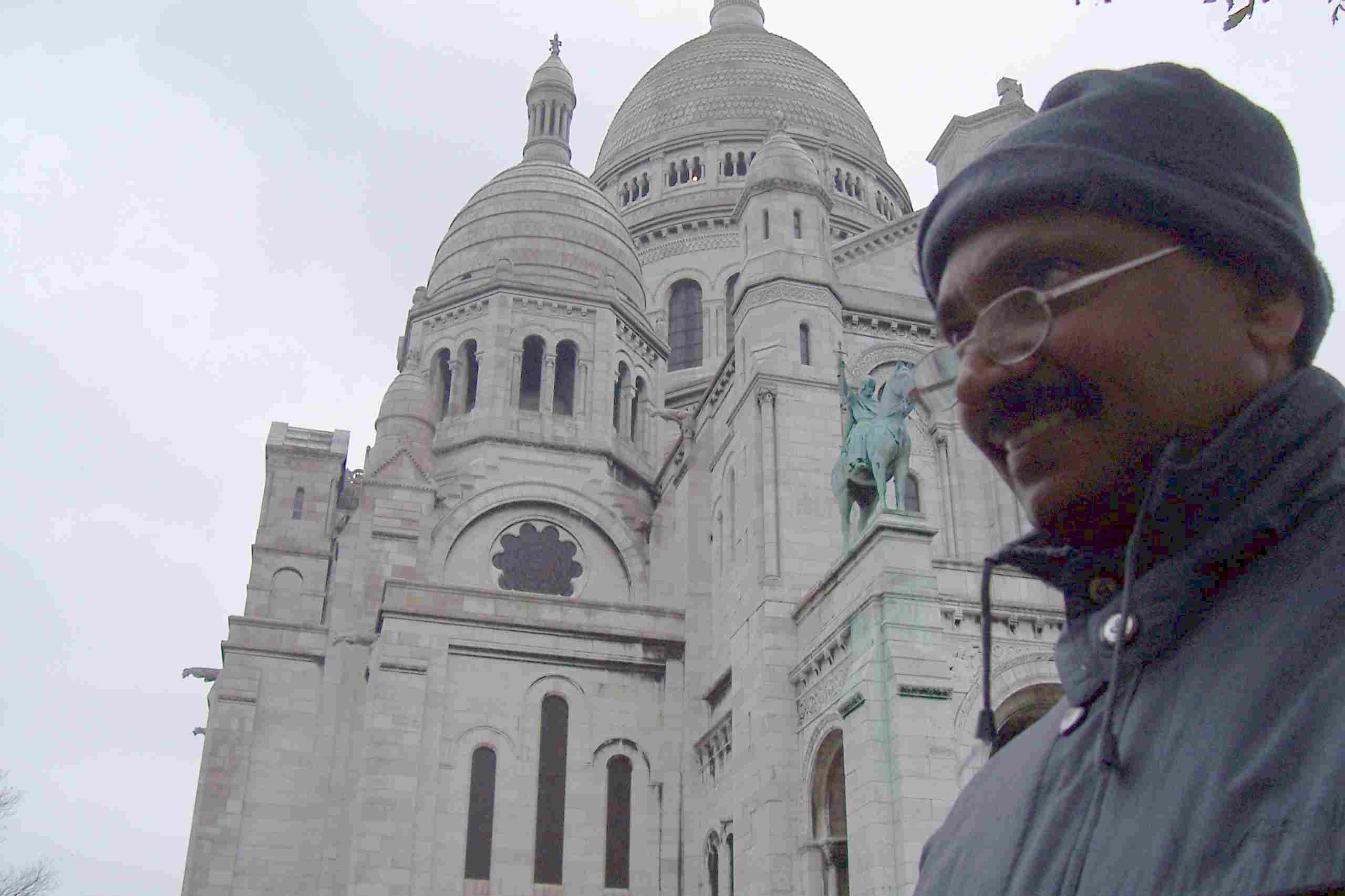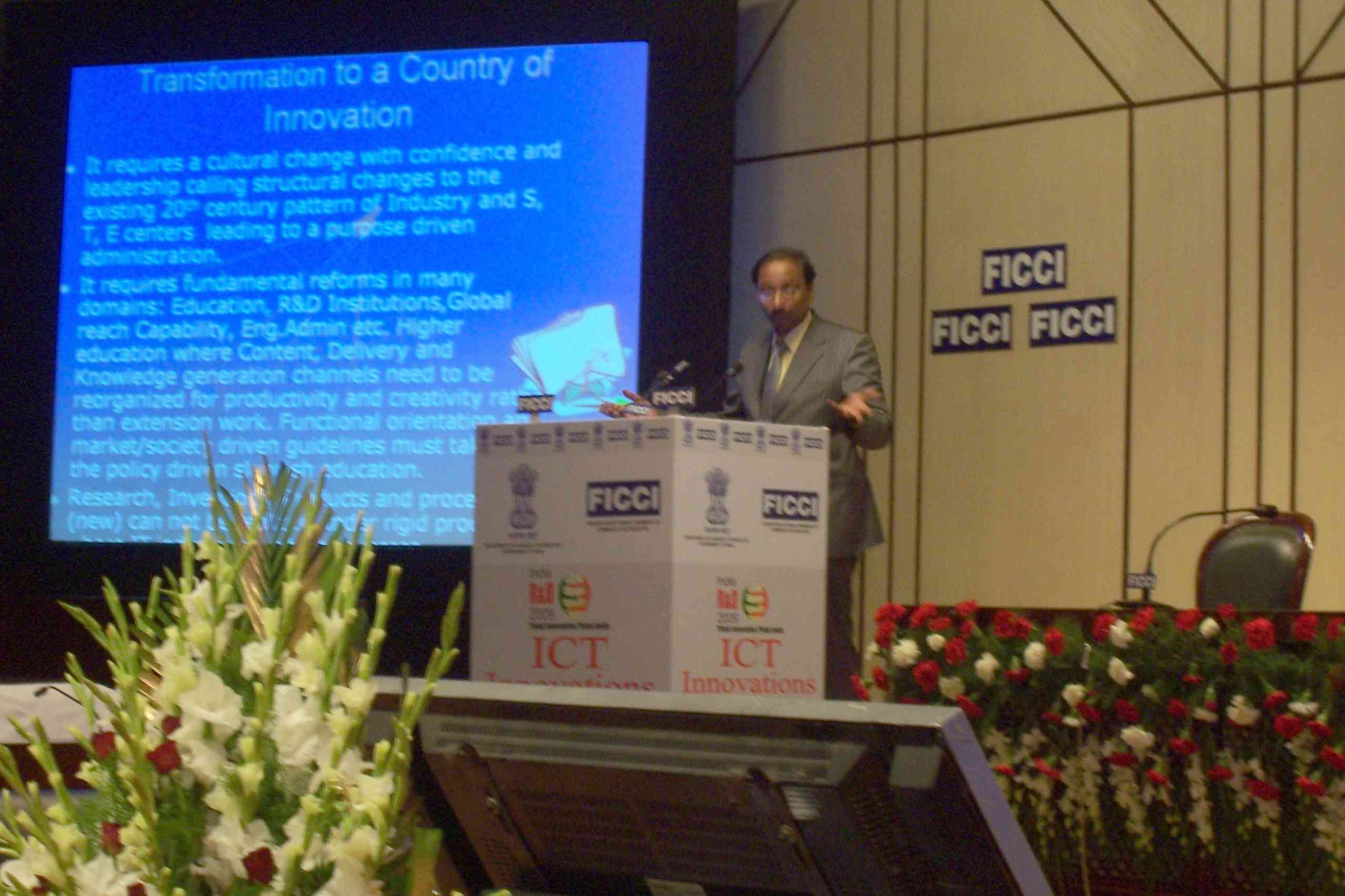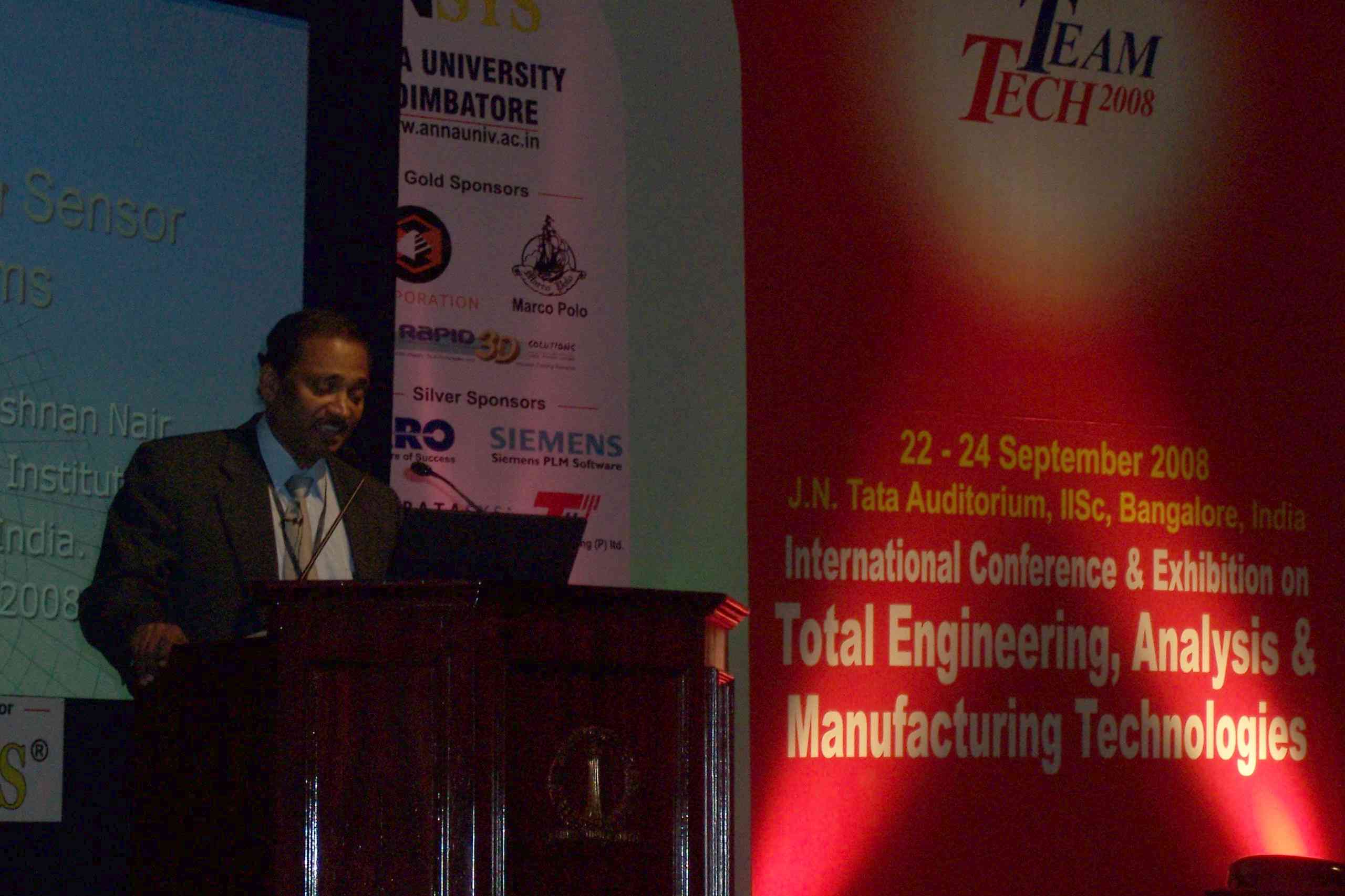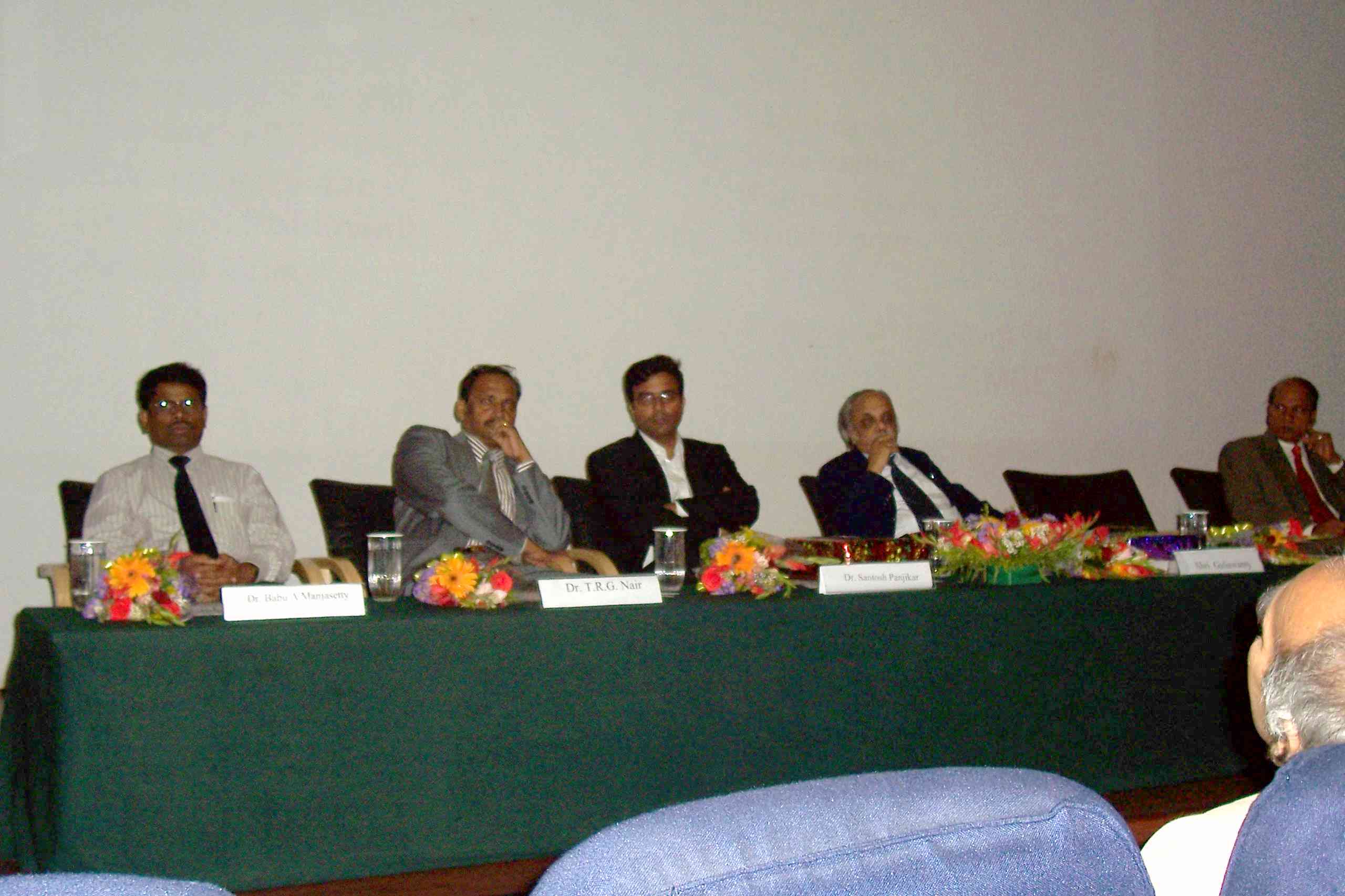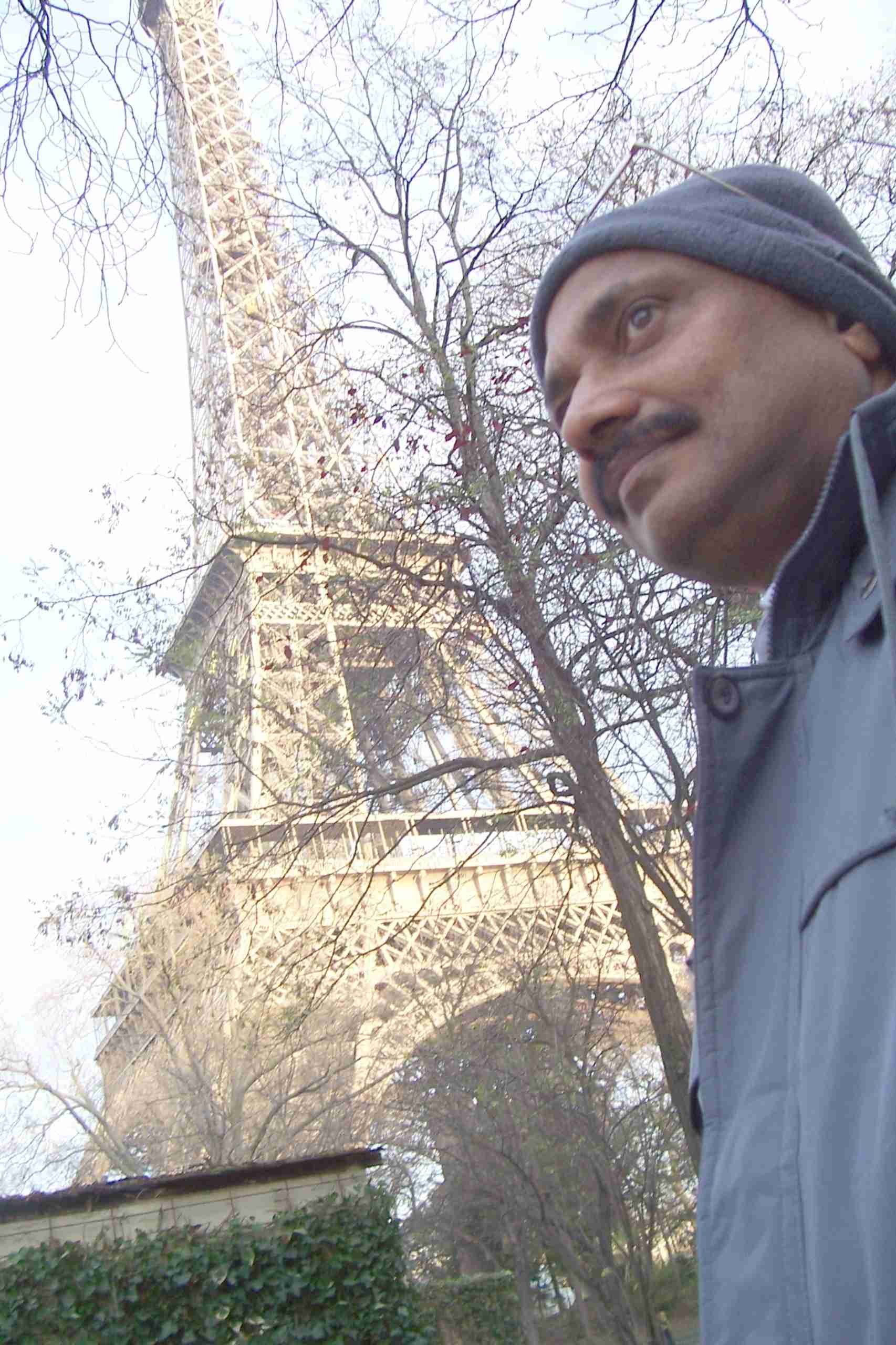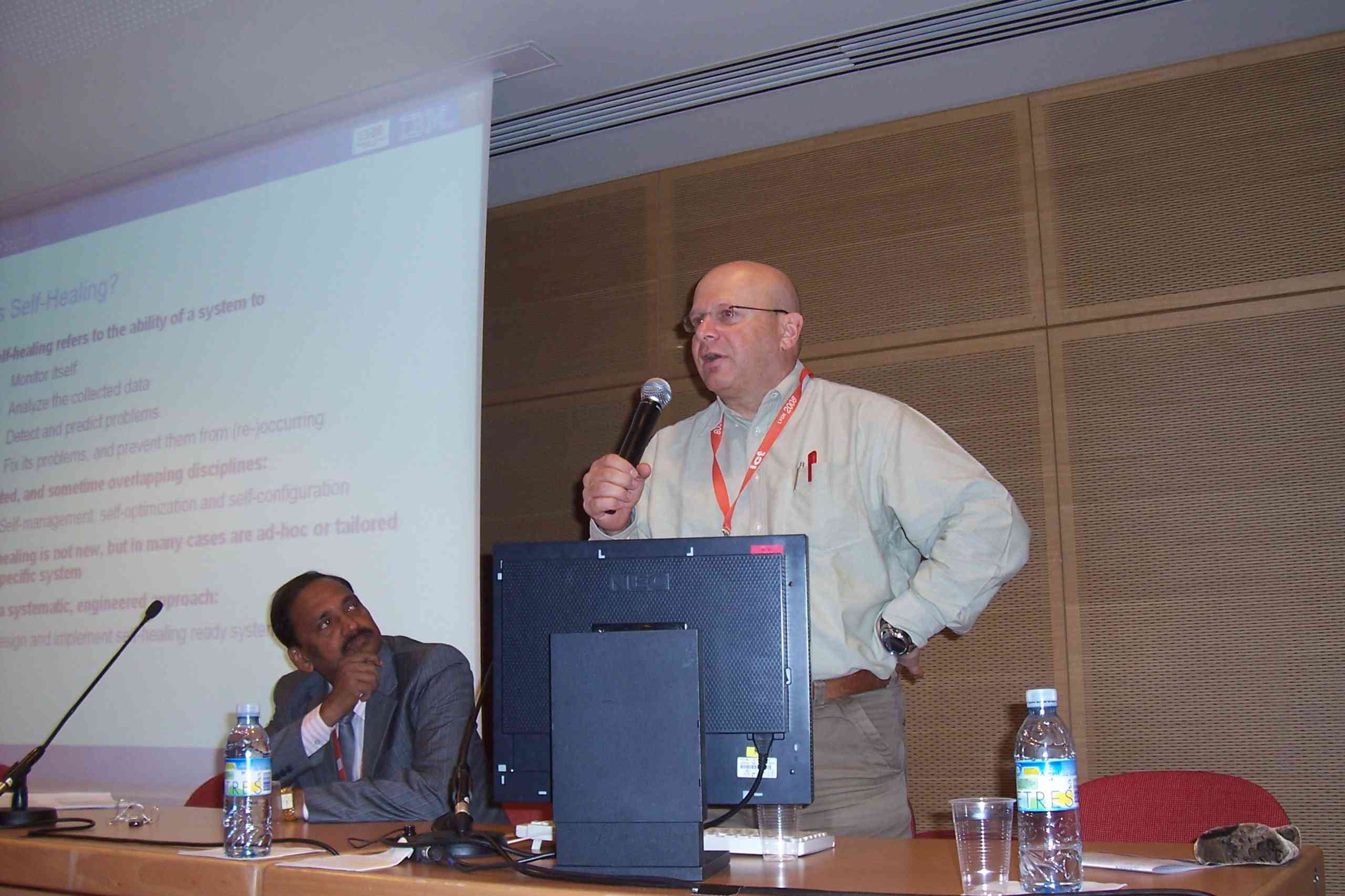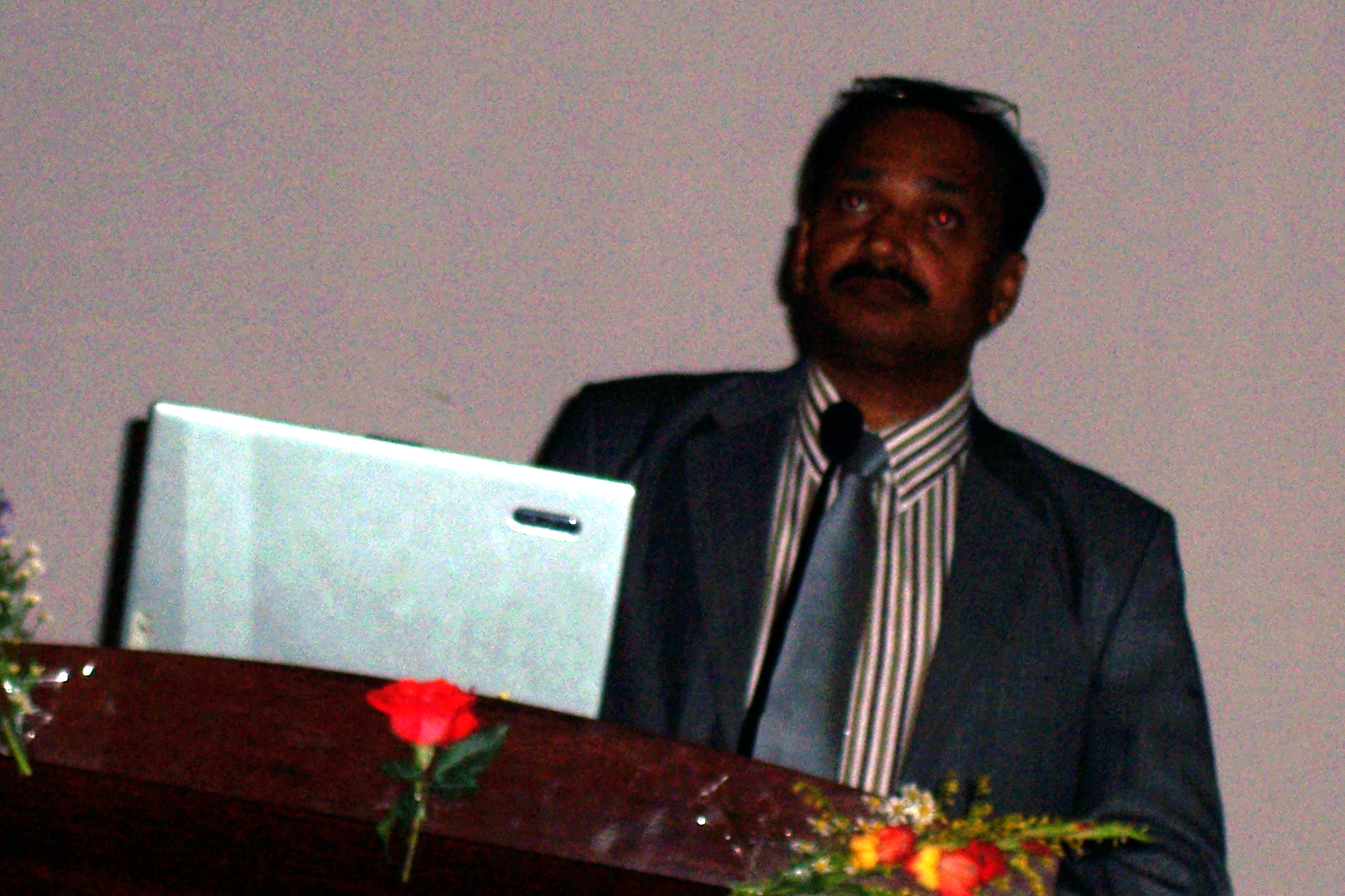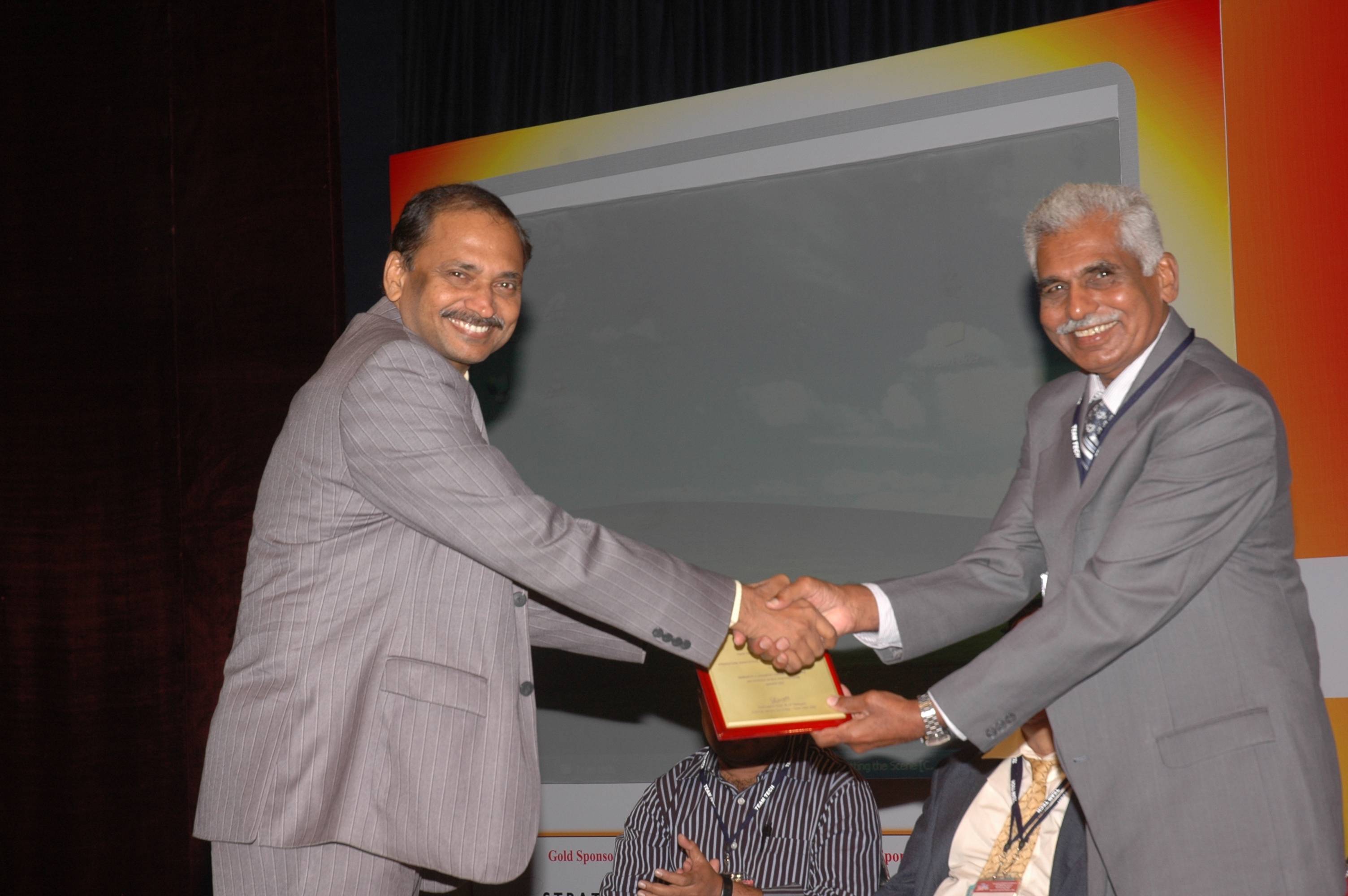|
Aim of the Group
To develop state-of-the-art Approaches, theory and Practice in AI and Robotics
|
Number of Fields
|
2
|
|
Total number of Members
|
3
|
|
|
Field 1
|
Artificial Intelligence
AI methods are used as a tool for application oriented problem solving. Various approaches which were developed earlier like different forms neural network in classification, prediction etc. are successfully used by associated groups like advanced networking group. They use Kohonen net and Adaptive resonance net in cognitive networks /cognitive routers and video on demand servers. In addition to this knowledge representation along with storage and retrieval mechanisms are also under research interest.
Project: 1
Develop AI Methods to support Advanced Networking
Definition and application of appropriate AI models for advanced routing and consumer demand management in VOD systems. Application of AI methods/Cognitive approaches in advanced routing systems of communication is another area in which the group had produced a patent in cognitive routers. The details are discussed in the domain of Advanced Networking.
Project: 2
Auto driven Search and find approach in Knowledge Network
The work formulates a highly inter connected knowledge mesh containing large amount of nodes much greater than 10,000. Each node is capable of structuring itself as an apex of a cone or as a sub cone. Every node has enough information like a content directory related to the knowledge which it holds. The knowledge can be represented using a proprietary (RIIC) logic or by mathematical representation or XML based representation like RDF, OIL, etc.. It becomes easy to operate during the subsequent searches.
Here, we state a standard mechanism by which a query at any node can propagate and reach the destination, fetch the answer and come back to the query point or appear as an output on some other point using node properties and cognitive envelopes. The query has to search through all the components on each node before going to the next node. The query routes itself unless it reaches a stable state i.e. it fetches the relevant information.
When the search key is given, the query propagates itself as an auto directed query in the knowledge mesh and finally comes up as a plane of knowledge or a surface formed from these knowledge nodes. This knowledge surface has the information in the form of sentences in a content document. Using syntax analysis and cognitive properties, a meaningful information can be extracted from this knowledge surface.
|
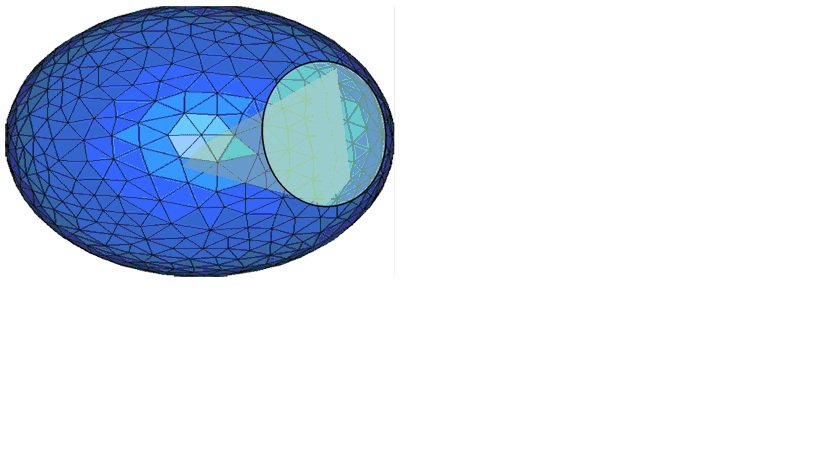
|
|
Knowledge Network Analysis
|
ROBOTICS
.
To solve problems in Robotics, especially suitable for space engineering
and bio-medical engineering in frontier areas
Robotics has come a long way and is looking forward to induct high level intelligence in its functions. A robot is a machine or device which operates automatically or under some degree of human control. They are capable of performing a variety of human tasks, often difficult or undesirable ones (e.g., too dangerous). For example, robots have been used to explore the surface of Mars, detect mines and work on factory assembly lines and even vacuum carpets.
To perform different tasks they must be 'told what to do'. Robots that work under human control are given commands when they are working. Robots operating automatically, are given a set of instructions “programmed” in advance.
Unlike humans, robots don't think for themselves but carry out the instructions which are given them. As technology becomes more advanced robotic behavior also advances. Today robots can learn and make choices, but they still rely on a human to give them their initial instructions.
Most geo-exploration robots send back pictures of their environment (with an on board camera) to the operator, and the operator can then send back instructions to the robot. However, it isn't always practical to rely on this method of navigation alone. For example, images can sometimes be difficult to interpret or, in the case of Mars Lander robots, the communication time delay between Earth and Mars was 10 minutes. In these situations the robot may encounter a hazard that the operator hasn't seen or been able to tell the robot to avoid in time.
When the robot is on its own and it has to have a programming which allows it to operate (semi-) autonomously. Sojourner (the first “smart” Mars Lander) had a hazard avoidance system that allowed it to change direction if it calculated an obstacle was too high to climb (risking tipping).
Can we create a robot that thinks and acts like a human? Why do we want robots, and what are they good for?
Artificial intelligence (AI) systems like this allow robots to complete more complex tasks without requiring every tiny detail to be anticipated and pre-programmed by an operator.
A major focus of robotics and artificial intelligence (AI) research over the past 15 years has been biologically-inspired adaptive robots. Their design and programming is inspired by real biological systems (e.g. ant colonies) which allows simple, autonomous individuals to develop strategies to get out of problems and cooperate with each other.
Whilst this technology is not as mature as the better known fully-programmed robots used in car assembly, for example, these robots are much more able to adapt to unforeseen circumstances.
Bio-inspired robots are truly “lifelike”, not in the sense of anthropomorphic features such as eyes, nose and ears, but by displaying similar behaviors to all types of animate creatures:
- they move
- they sense their environment and react to it in real time
- they have clear goals
- they are not fully deterministic
- they take steps to protect themselves
Much of the work in this field has concentrated on understanding what can be done with such robots. The robots themselves can be real or, as in the case of these interactive, simulations to allow exploration of different programming options.
| 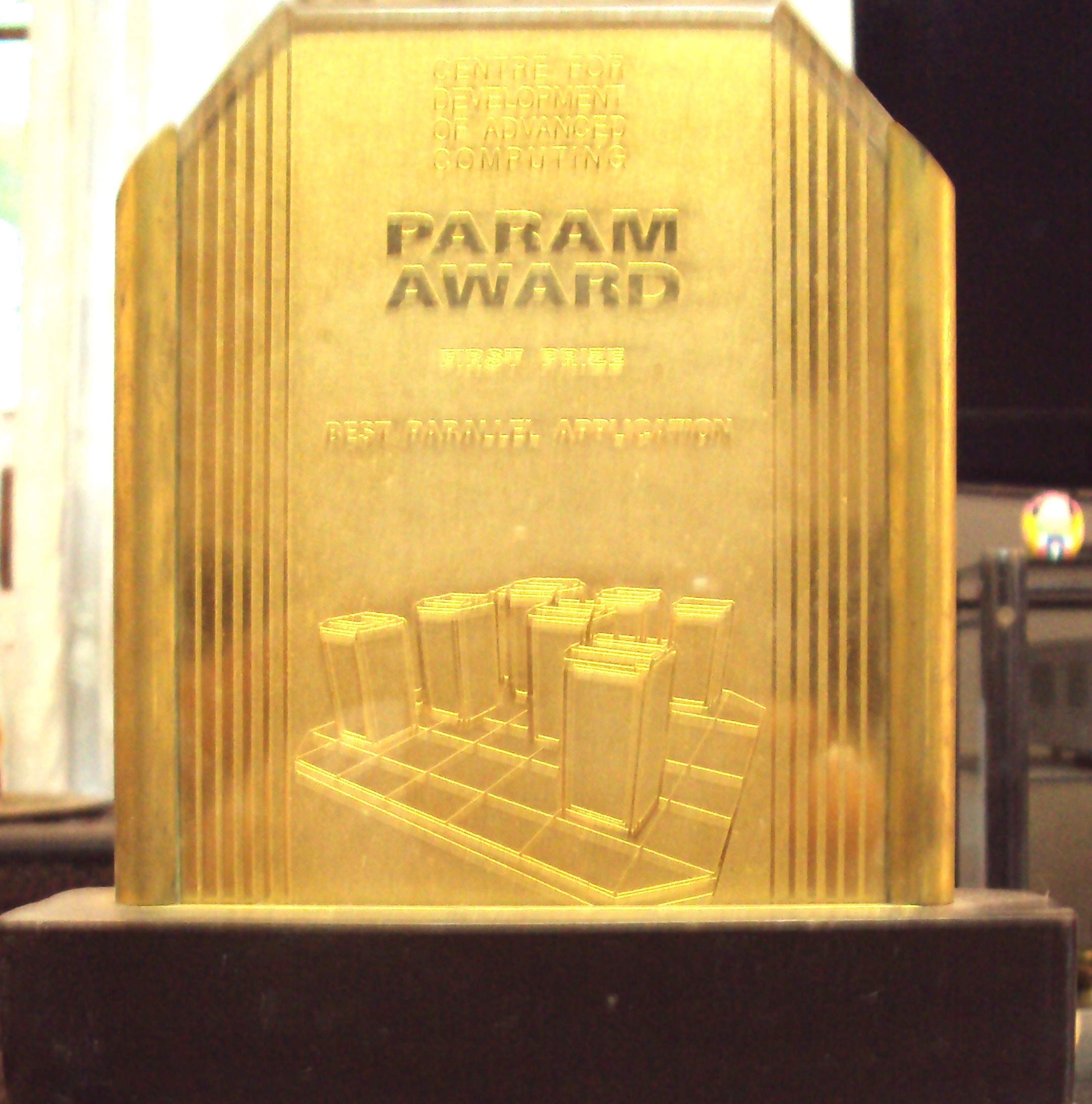
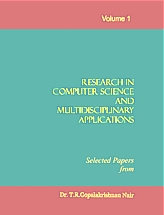
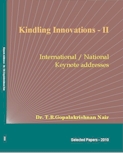
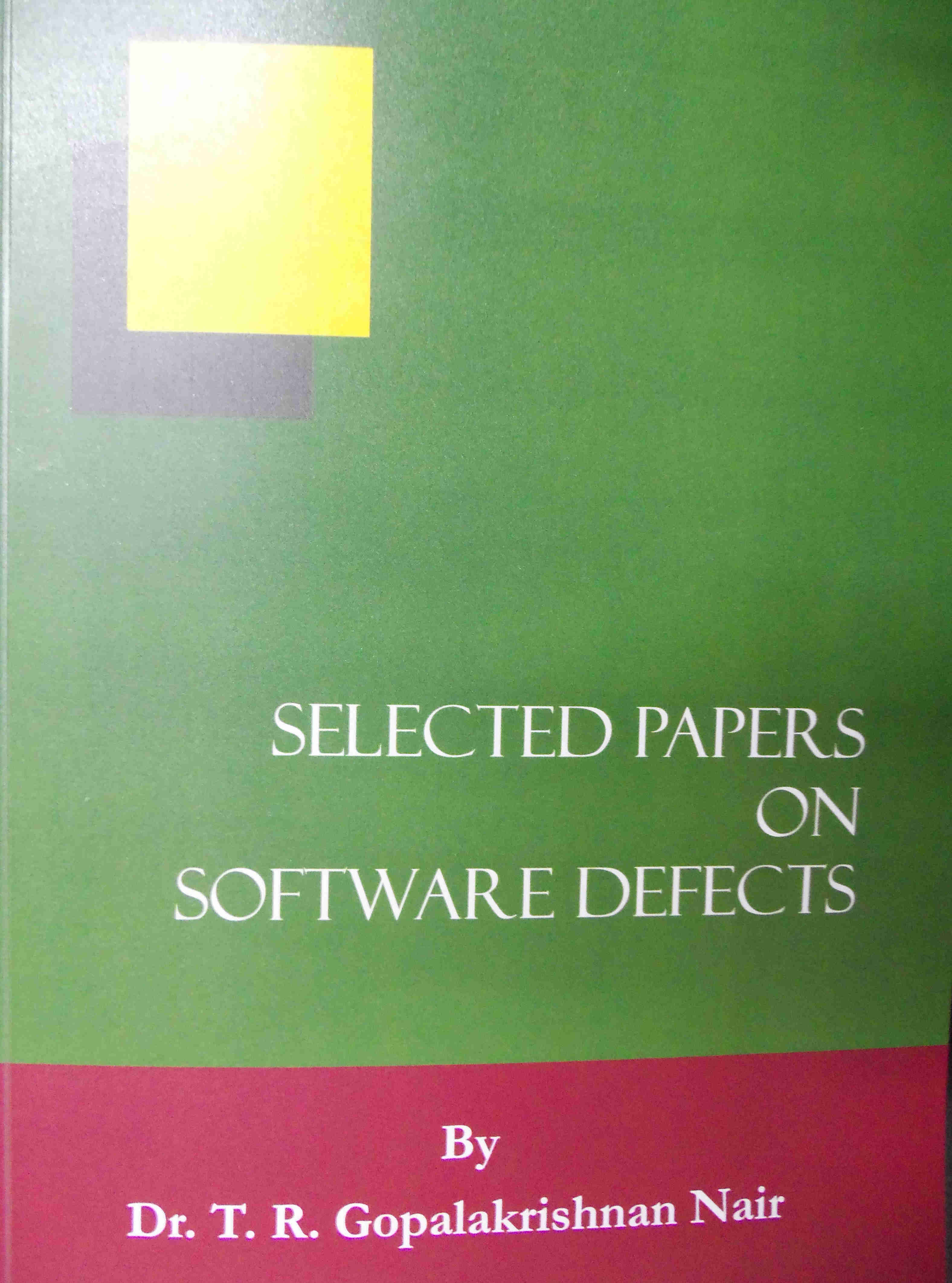 Latest Book
Latest Book